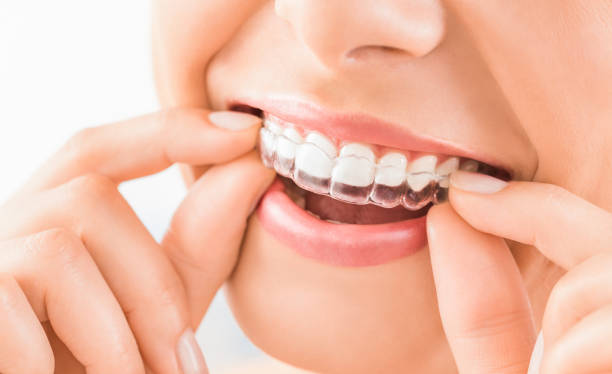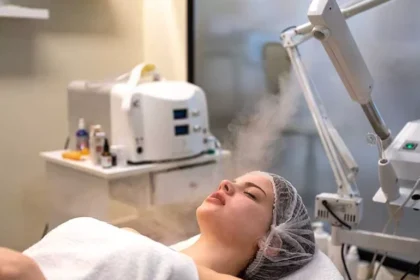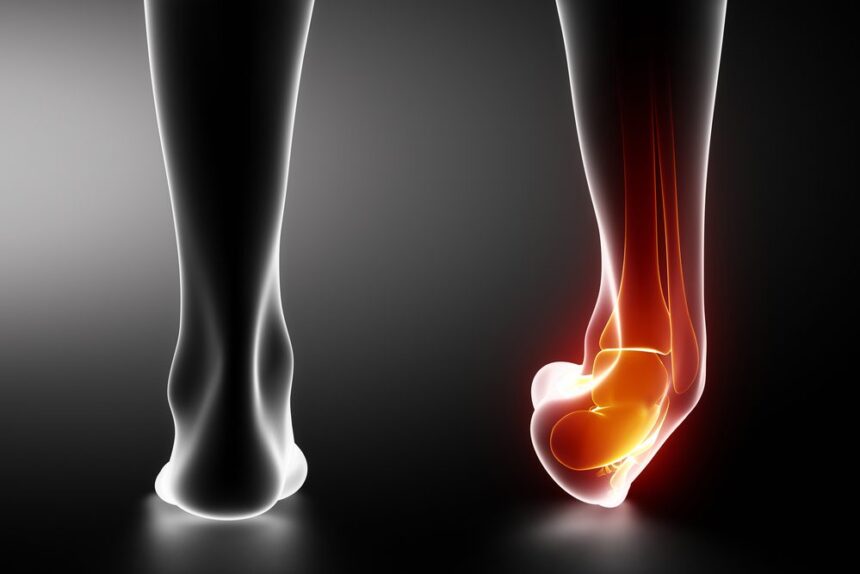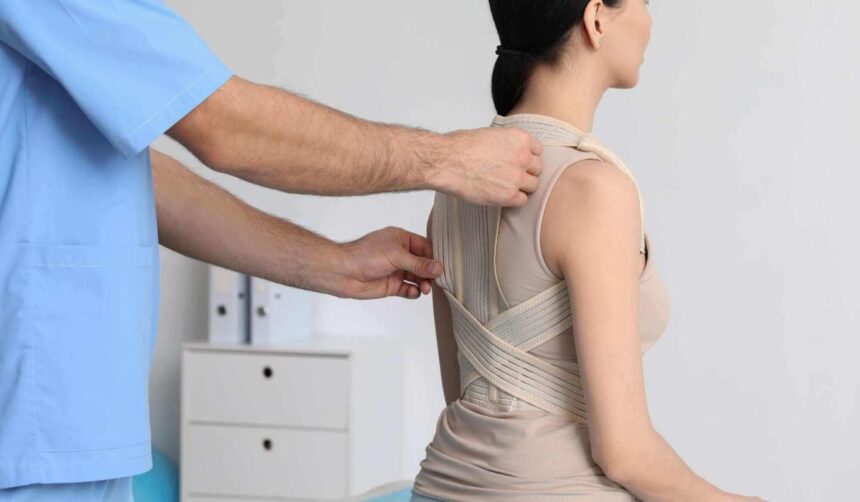Overcrowded teeth occur when there isn’t enough space in the jaw for all the teeth to align properly. This condition can lead to discomfort, challenges with oral hygiene, and even changes in the appearance of a person’s smile. Several orthodontics treatment methods can address overcrowding, each tailored to individual needs and circumstances. Here are a few non-invasive solutions, orthodontic treatments, and lifestyle tips that can help manage overcrowded teeth effectively:
Exploring Non-Invasive Options
Non-invasive options are appealing for individuals looking for simpler methods to address mild cases of overcrowding through orthodontics. Among these, clear aligners serve as a popular choice. These removable trays gently shift teeth into place over time and offer a discreet alternative to traditional braces. Clear aligners are particularly useful for cases of mild to moderate crowding.
Retainers are another option and are often used following orthodontic treatment to prevent the return of misalignment. Some retainers also provide the added benefit of minor adjustments as they are worn. For those willing to make slight visual compromises, tooth contouring may also be helpful. Through this cosmetic treatment, a dentist smooths and alters the shapes of selected teeth to create a more balanced appearance. While this technique won’t resolve severe misalignment, it may improve the aesthetics of mildly overcrowded teeth without orthodontic intervention.
Understanding Orthodontic Treatments
Orthodontic treatments offer more comprehensive solutions for moderate to severe teeth overcrowding. The most common option includes traditional braces. These fixed appliances use a combination of brackets and wires to align teeth over a specified treatment period. Braces are highly effective for addressing significant crowding, as they provide precise and controlled movement of the teeth.
For adults and teens, another effective treatment includes clear aligner therapy for more severe cases. Advanced digital scanning technology is used to create customized aligners designed for specific cases of crowding. Clear aligners offer flexibility, as they can be removed while eating or brushing, preserving hygiene practices during orthodontic care. Orthodontists may also employ additional techniques, like tooth extraction in extreme cases where extra space is necessary. Tooth extraction pairs with these treatments to enable proper alignment without compromising oral health.
Adjusting Lifestyle Practices
Managing overcrowded teeth requires additional attention to oral hygiene and lifestyle practices. Overlapping teeth can create spaces where food and plaque accumulate, so daily brushing and flossing are necessary. Many individuals with overcrowding find that a water flosser or specially designed orthodontic flossers simplify their cleaning routines.
Using fluoride toothpaste builds enamel strength, safeguarding crowded areas where decay may develop. Regular dental check-ups and cleanings allow dentists to monitor oral health and prevent complications caused by crowding. Diet adjustments may also contribute. Foods that are rich in calcium and low in sugar promote oral health, reducing the risk of decay in cramped areas. Avoiding sticky or hard foods can also prevent damage to any appliances used during orthodontic treatment.
Find an Orthodontics Professional
Overcrowded teeth can lead to discomfort, functional issues, and aesthetic concerns, but many solutions are available to address this condition effectively. Adding lifestyle practices such as enhanced oral hygiene, routine dental appointments, and dietary adjustments can help prevent further issues linked to overcrowding. Consulting with an orthodontics expert allows individuals to identify the best solutions for their unique situations. With the right approach, managing overcrowded teeth becomes manageable and accessible for individuals at any stage of life.










